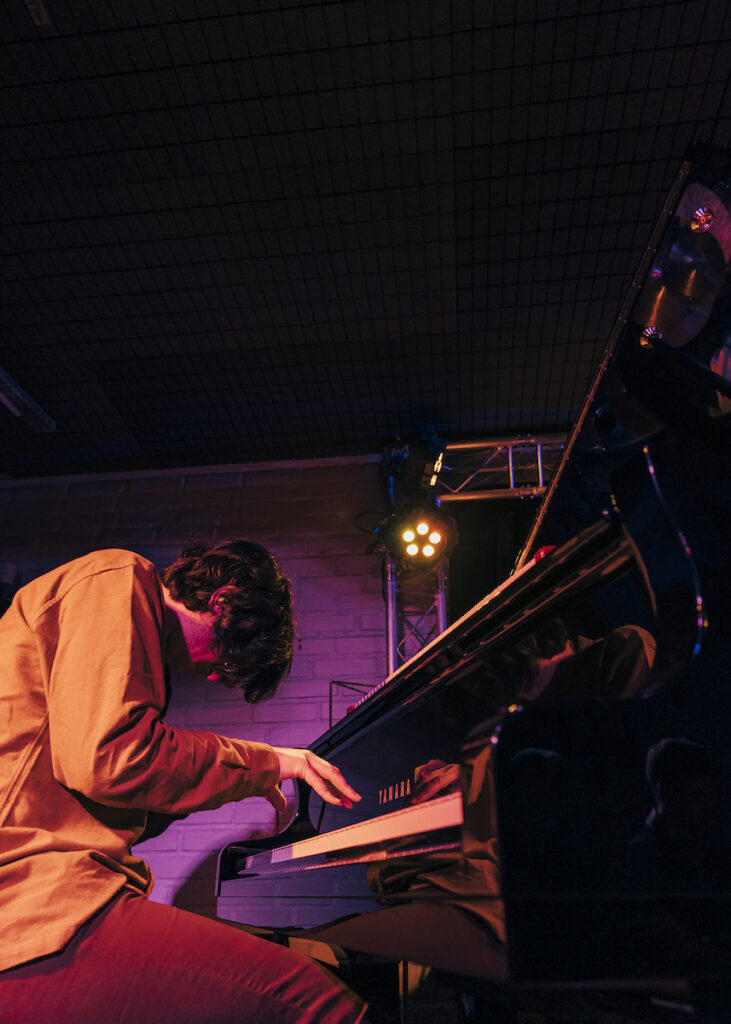
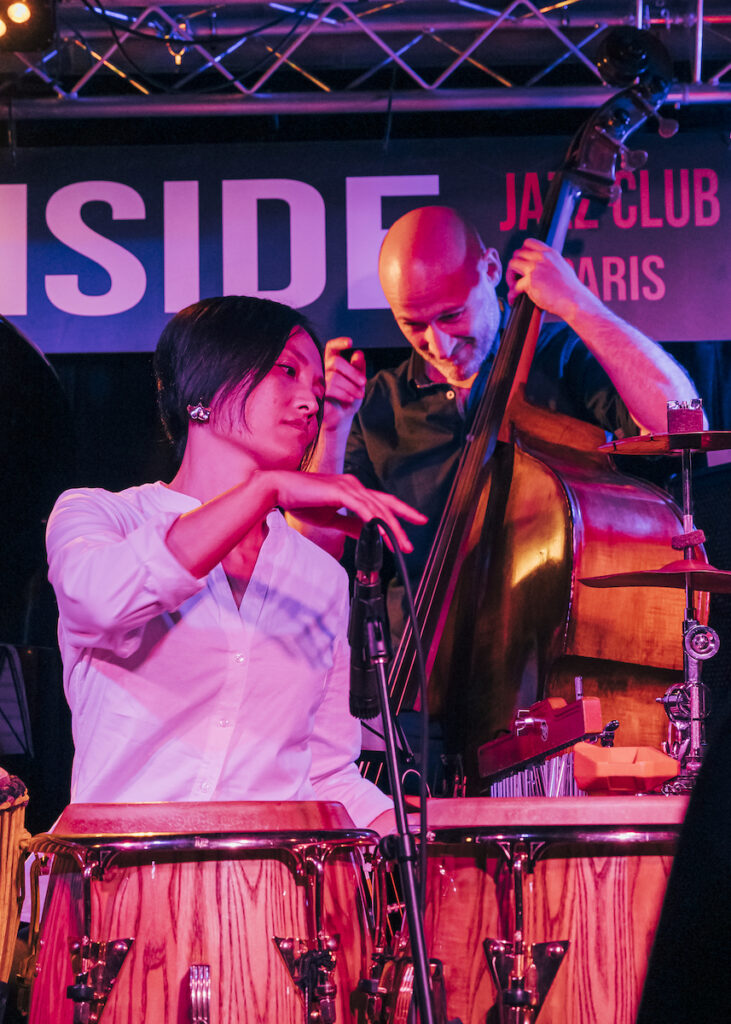
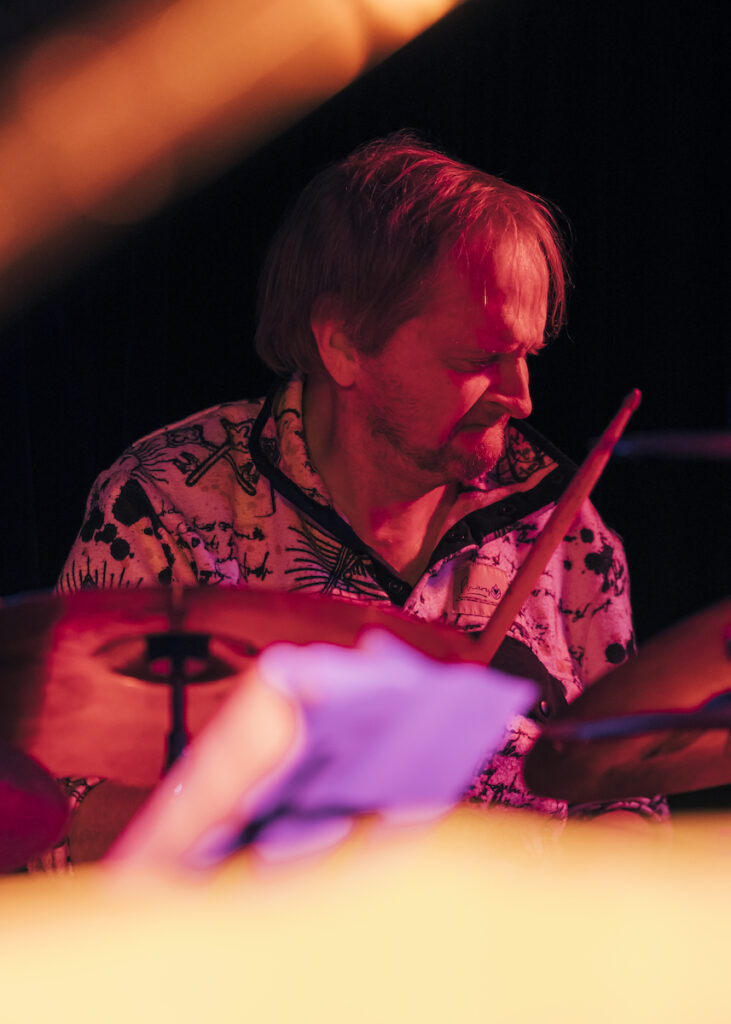
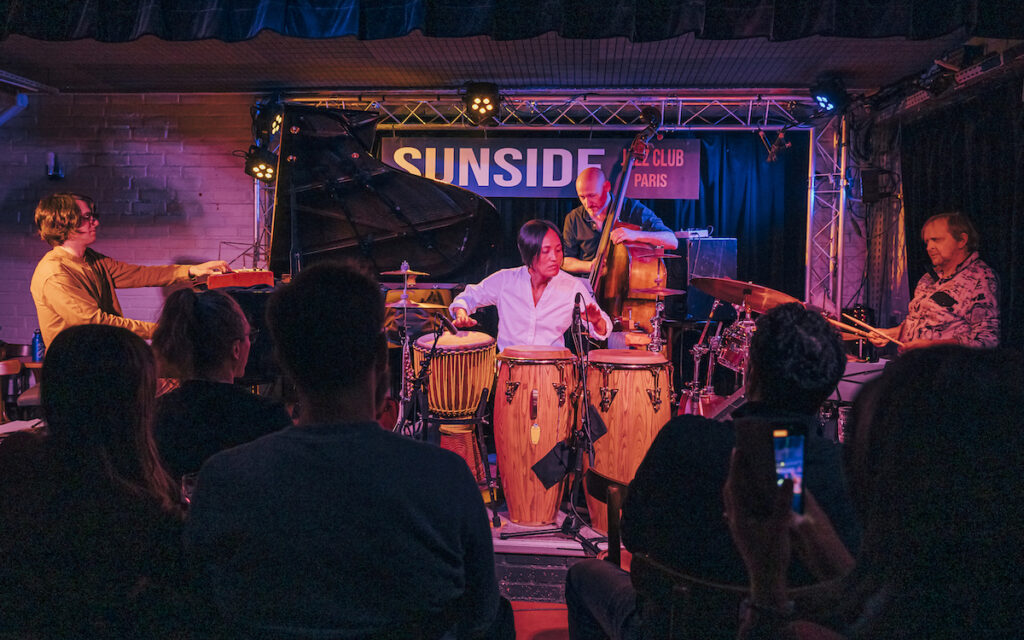
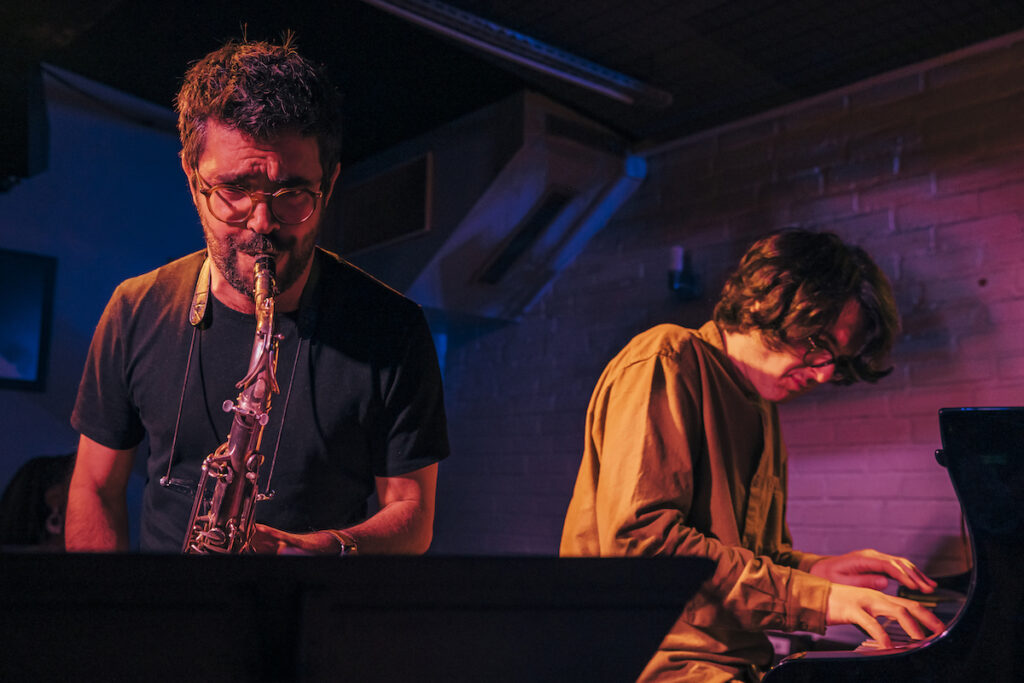

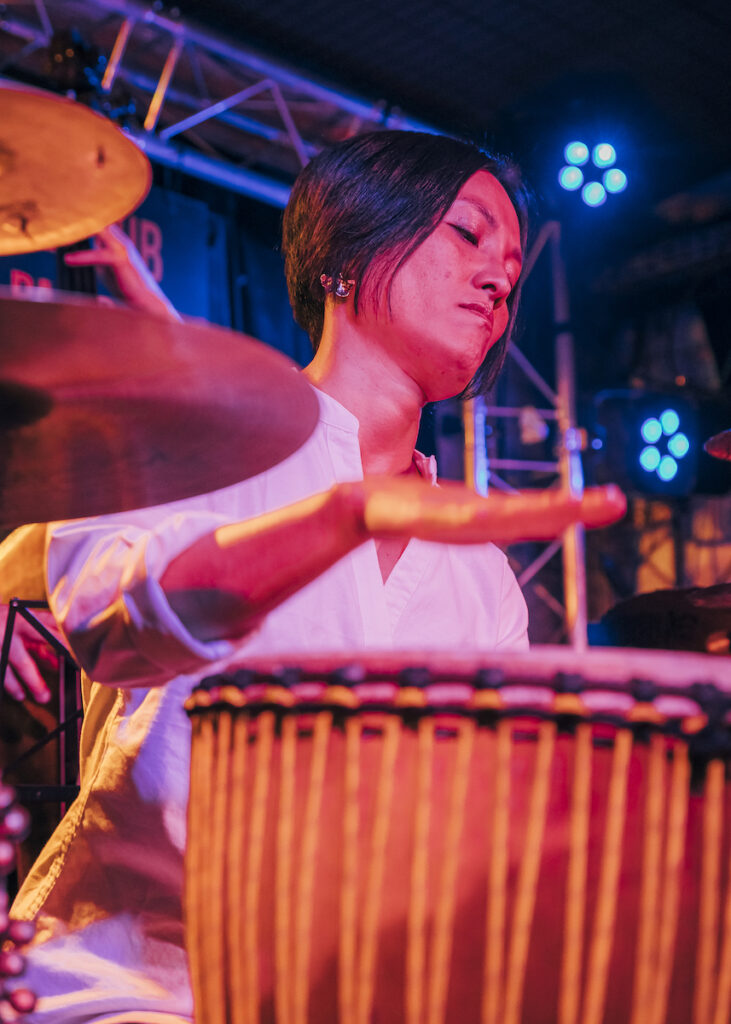
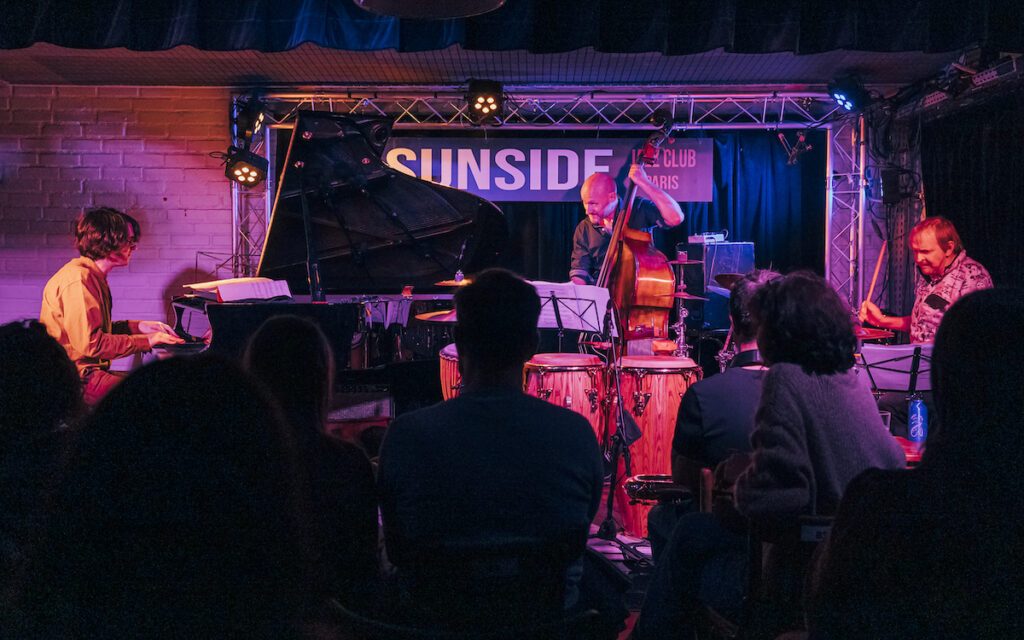

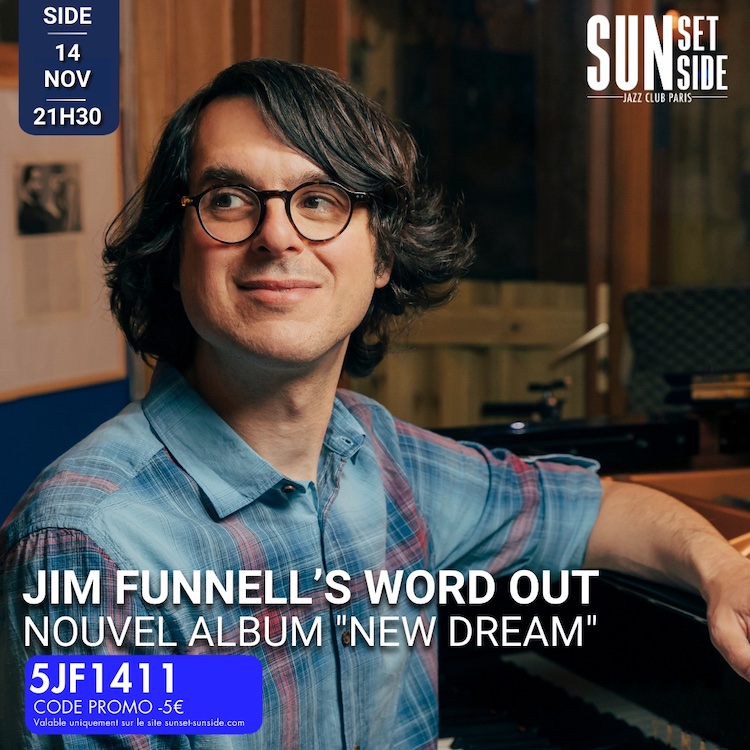
Be the light, And you will merge With all light.
“Tree of Light” is one of the last compositions I completed in 2020 (hence the silver Christmas tree in the YouTube video) and the very last one Akiko and I filmed and recorded in our Sunnyside apartment (Queens, New York) before moving to Reykjavík (Iceland) for a few months. Two of our friends, namely Dominique Muzeau and Thibault Perriard, joined us remotely from the Île-de-France (Paris Region) in this transition, contributing amazing bass and drum parts from their homes and lifting our spirits in the process. I’m sure their playing on this track will lift yours too!
Sheet music for Igneous Alloy (from the album Spirit of the Snail), the tune used as an example in this video, is now available on SMP Press:
Visit http://funnelljazz.eu/lessons/ for detailed information about lessons or click on the image below to book your lesson today:
